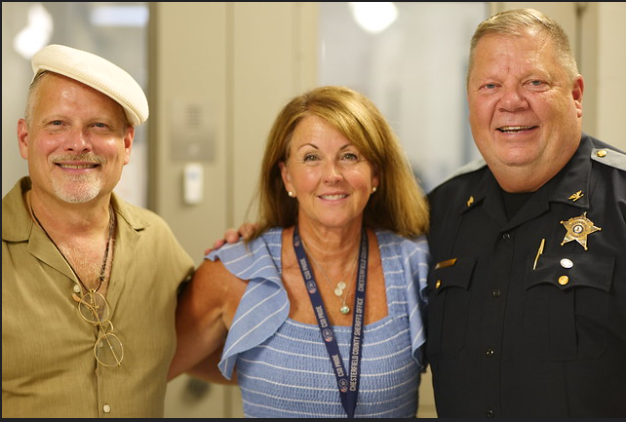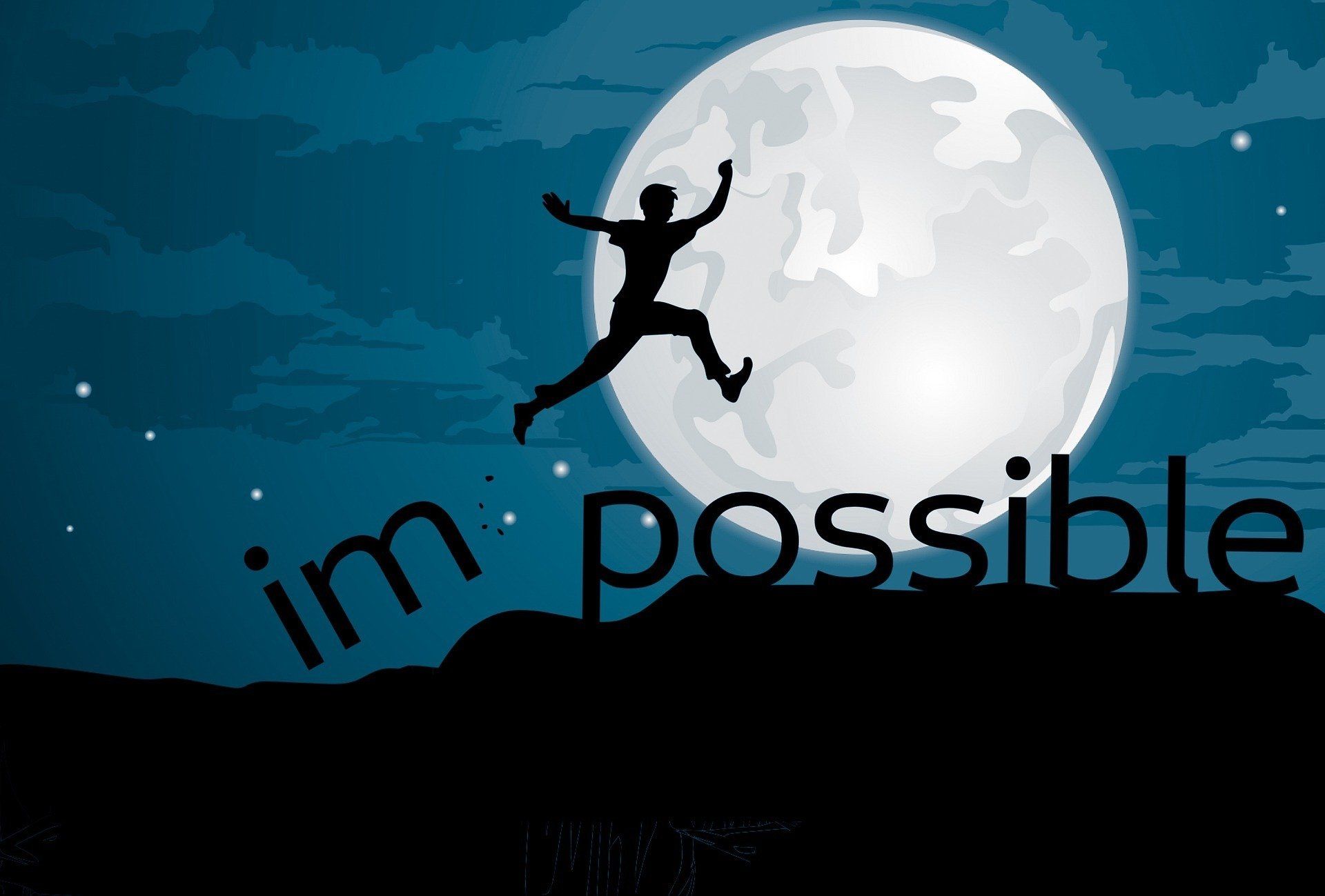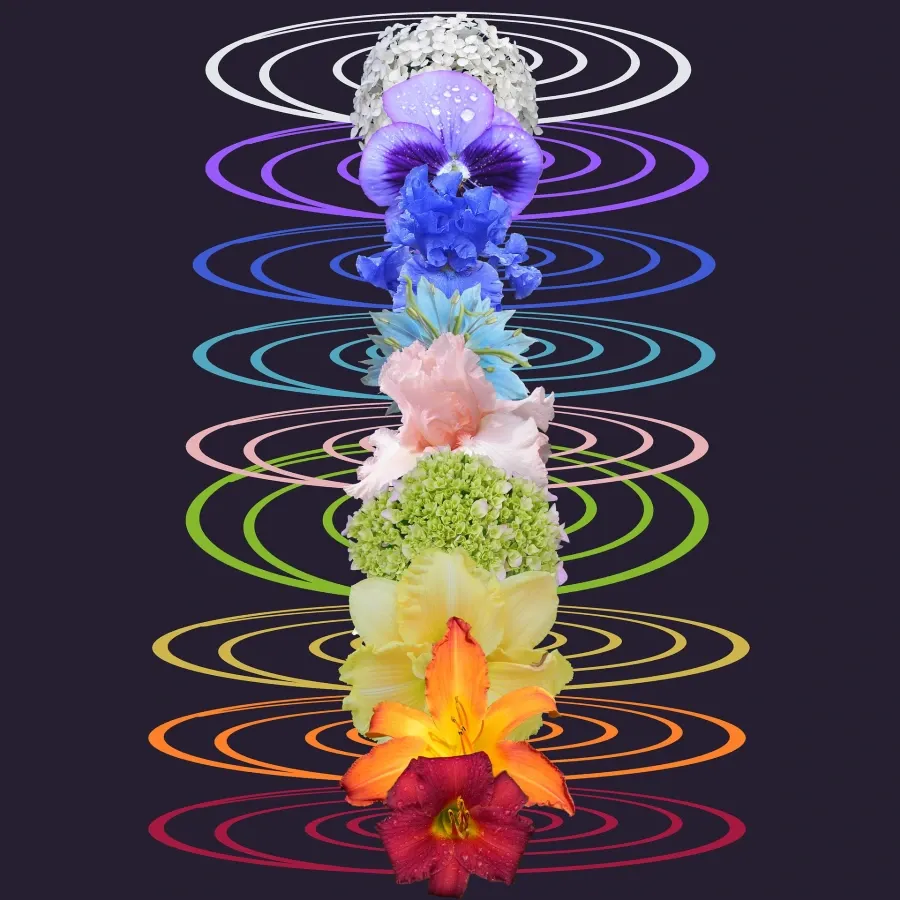By Lori Chortkoff Hops, PhD, DCEP
•
November 11, 2021
(by Lori Chortkoff Hops, PhD, DCEP) Intuition. The aha moment. The flash of insight. Suddenly solving a vexing problem. Gooseflesh on your arms as you meet an important stranger. A sinking feeling in the gut just before receiving bad news. Our bodies can register nearly instantly vital information for our well-being and growth, and our minds slowly play catch up trying to make sense of it all. Intuition Defined Intuition is hard to define, but easy to recognize. Intuition is: knowing that you know without knowing how or why without conscious reasoning your built in GPS protecting and guiding you the still small voice hard to quantify easy to dismiss vital to honor How Intuition Helps You Intuition can bring a measure of clarity to a confusing and complex world, saving you from danger, as a fail-safe pre-programmed setting. For instance, it can suddenly tell you to stop your feet from crossing into unexpected traffic, despite your mind’s plans to walk ahead. Though a natural occurrence for safety’s sake, you need to deliberately focus on developing intuition in order to benefit from its gifts of subtilty, creativity and depth of awareness. By activating your free will to summon intuition on demand, it will assist you with life’s challenges, reveal secrets, and become a source of trusted advice. The Body is Primed for Intuition You were born intuitive. Recent empirical evidence suggests how this works. Read my article in the 2016 Energy Field listen to this podcast about the science of intuition . The right brain is designed for the hallmarks of intuitive processing of information: global thinking, seeking coherence, pattern recognition, and rapid processing of nonverbal information. The body’s physical receptors capture vibrations, light, sound, touch flooding the stomach, heart and nervous system with information for the brain to decode as we very slowly think with our left brains. Our commonly overrated left brains are primed for logic, sequence, language, limited data storage, mapping onto expectations, flavored with opinions, sifting through the onslaught of data from the body and right brain. Then we react, sometimes too late, possibly never. Intuition bypasses the slow left brain for a quick message to the right brain. It’s up to us to pay attention to the messages of intuition, act on it, or ignore it. Physical and Subtle Information If we decide to pay attention to intuition, it accesses the physical body as a conveyor and container, translating between physical and subtle information. Physical information is represented by three-dimensional reality, such as objects. Subtle information is represented by nonphysical reality, such as thoughts. Here are some commonly known intuitive systems which pass through sensory systems, though the list is not exhaustive. The eyes register and capture physical light variation, by wakeful time in form, by dreamtime or reverie in metaphor. Clairvoyance is clear seeing, with the mind’s eye. The body’s skin and organs measure weight, pressure, and temperature in response to the outside world and inner realms like thoughts and feelings. Gustatory reactions lead to clairsentience, or clear feeling, with chills, gut reactions, sudden fear or relaxation as instant signs of subtle messages. The ears react to vibrational waves coursing through the air. Hearing someone’s voice, or even their thoughts (telepathy): clairaudience is clear hearing with the ears, what is unexpressed or intended but not physically spoken. The mind memorizes facts, decodes puzzles with formal knowledge, and almost magically can also understand without obvious reason, instantly grasping a knowing beyond expectations or conventions, beyond space and time. Claircognizance is clear knowing all at once, appearing effortlessly and often unexpectedly. Lesser recognized is the nose receiving odor which is not in the physical, or clairaulience. It is clear smelling, such as catching a whiff of grannie’s old perfume no longer present, when no one is around. The Chakras and Intuition In order to be a clear and grounded recipient and sender of intuitive information, it is important to be fully present in the body. Steadiness on the earth, rooted with the lower body and the bottom of the spine correctly aligned, hips balanced, healthy and open for creative exploration, and clarity of power in the belly sourced from integrity are a recipe for success with intuition. Chakras are seats of energy, and hubs of information and communication, recognized by many healing systems from around the world. Primarily located along the spine, although found throughout the body, the chakras are related to physical organs, endocrine glands, colors, sounds and concepts; esoteric and practical wisdom is contained in them to enhance life. Chakras process internal and external information and are translators from the physical to the subtle and back again. The root chakra (Sanskrit for wheel) is at the bottom of the spine, the sacral chakra is in the pelvic area below the navel, and the solar plexus chakra is in the abdominal region above the navel. Once these lower chakras are developed and stable, then the upper body can follow suit with the relational heart chakra, clear voice communication in the throat chakra, third eye chakra between the eyebrows for visioning and the crown chakra associated with higher dimensional and mind-based intuition. Three Lower Body Chakras and Matching Elements The Root of the Matter: The first or root chakra connects you to home, the earth, grounding. Like the soil which nourishes new life, the root keeps you alive and vital, or can bury or poison you. The element of earth, which is associated with the root, builds, protects, and soothes, as well as repairs and rebuilds when necessary. Intuitive messages from the root are part of your sense of family, place, history and legacy, and all it represents. Stability, trust, safety and the absence of such, like fear and mistrust reside here. The Ways of Water: The second or sacral chakra in the hip area is characterized by creativity, reproduction, and emotion. Like water that soothes, washes, cleanses, and absorbs, and can be frozen or fluid, the sacral chakra offers generativity or stagnation. Intuition through the sacral chakra can release writer’s block, relieve pent up emotion and memory, and explore the themes of guilt, pleasure and forgiveness. Sexual reproduction and expression are found in both the root (location of the genitals) and sacral (womb, ovaries) chakras. Solar Fire: The third chakra or solar plexus is associated with the various organs in the belly below the ribcage, creating agency, will and self-image. Your personal sun, sending and receiving messages of power are connected to the element of fire which eliminates, purges, builds excitement, and heat. Intuitive messages about relative position and interaction within hierarchies, systems and community reside here, shaping and being shaped by how others and you perceive your self-worth, shame, pride and effectiveness. Triad of Manifestation: Intuition with Earth, Water and Fire When the elements of earth, water and fire combine as part of the three lower body chakras, intuitive work accelerates with manifestation. Intuitive knowing, which is grounded in the rooting of earthiness, tempered by the watery flow of emotion and creativity, and ignited from the fire power of interacting with the world combine into a triad of manifestation. Sourcing your intuitive nature with these features sets you in an optimal place, when balanced with wisdom, to bring alive your truth. It readies you for working with the upper chakras, through the prism of the heart center, to align the physical world with the heavenly world. It all starts with learning how to nurture your natural intuitive senses, following the messages you discover, testing out what you learn and staying open with discernment for new experiences. You can combine intuition and chakra work with energy psychology, extending the practices into a therapeutic format for clients. Advanced Integrative Therapy , founded by Asha Clinton, PhD, uses all of these modalities from a psychodynamic perspective, amongst other approaches. Another approach is John Diepold’s Heart Assisted Therapy , which combines energy psychology with heart-based chakra work with conventional psychotherapy methods and mindfulness. Want to learn more? You can learn about the chakras, energy psychology, intuition and more through ACEP’s vast library audio subscription . You’ll get downloadable learning labs, keynote presentations and invited presentations from past conferences. “Intuition’s Spark” by Lori Chortkoff Hops There’s a mystery that flashes quick, unexpected, yet familiarly unfamiliar. Genius strikes, making landfall, lightning speed. The moment before is often forgotten, singed with tension or boredom. The moment after is complete, silent, blinded. Dumbstruck, it may take years to study, absorb, share. Venus fully formed in the shell. Like time in reverse, bits fall off to be caught piecemeal by the searching brain, sieved through the unsubstantial heart groping for the glimmer, deafened by the inspired inspiration. Author Lori Chortkoff Hops, PhD, DCEP is a licensed psychologist in Westlake Village, California, USA. She is certified in Comprehensive Energy Psychology and Logosynthesis. Lori is president of ACEP ( www.energypsych.org ), and is a Reiki master. Learn more about Lori at www.drlorihops.com . Lori teaches online developing intuition classes and offers personal intuition consultation.




















